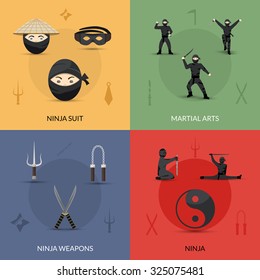The Development And Historic Context Of Martial Arts Worldwide
The Development And Historic Context Of Martial Arts Worldwide
Blog Article
Content Composed By-Padilla TRUE
Martial arts have a remarkable history that covers centuries and continents. You might discover it fascinating exactly how ancient methods like Shuai Jiao and Kalaripayattu prepared for modern combat strategies. These disciplines not just highlight physical skills but also reflect the societies that birthed them. As you discover their development, think about how globalization has actually transformed these standard types right into hybrid styles. What what martial arts should i learn do you believe have formed today's martial arts landscape?
Ancient Martial arts: The Structures of Battle
As you explore the world of old martial arts, you'll discover the rich foundations that shaped fight techniques throughout societies. Early techniques concentrated on Self-Defense and survival, commonly including strikes, hurting, and weaponry.
In ancient China, for instance, strategies like Shuai Jiao emphasized throws and joint locks, while India's Kalaripayattu showcased agility and liquid activity. Japanese samurai created Kenjutsu, a polished swordsmanship that highlighted self-control and strategy.
top 10 martial arts fighters in india offered not just for fight but additionally as a means of individual development, instilling worths like regard and willpower. pop over to this web-site blending of these methods gradually prepared for the diverse martial arts you see today, each reflecting the one-of-a-kind philosophies and needs of its society.
The Social Impact on Martial Arts Growth
While martial arts frequently reflect the sensible needs of a society, they also symbolize the cultural values and ideas of their beginnings. When you check out various martial arts, you'll notice exactly how they're influenced by religious beliefs, ideology, and social norms.
For example, the focus on regard and self-control in Japanese martial arts stems from Zen Buddhism and samurai culture. In contrast, Brazilian Jiu-Jitsu promotes versatility and method, shaped by the need for efficiency in a diverse, multicultural environment.
You may discover that the routines, attires, and training approaches reflect a community's background and identification. By comprehending these cultural influences, you strengthen your admiration of martial arts and their duty in shaping human experiences around the world.
Modern Adaptations and the Globalization of Martial arts
Martial arts have changed dramatically in current years, adjusting to modern society and worldwide impacts. You'll notice that typical kinds have blended with contemporary techniques, producing hybrid styles like mixed martial arts. These adjustments deal with varied target markets, making martial arts easily accessible and attractive worldwide.
With the rise of social media sites and digital platforms, you can discover tutorials and competitions from all edges of the globe, breaking geographical obstacles. This globalization has brought about a common gratitude for different techniques, from Brazilian Jiu-Jitsu to Taekwondo.
As you engage with these arts, you'll understand they're not just about battle; they advertise fitness, self-control, and psychological wellness.
Ultimately, contemporary adaptations have improved the martial arts landscape, making it a dynamic and progressing method.
Conclusion
In discovering the background and development of martial arts, you discover a fascinating blend of strategies, societies, and ideologies. From ancient self-controls like Shuai Jiao and Kalaripayattu to the modern-day adaptability seen in MMA, martial arts mirror humanity's quest for Self-Defense and individual development. As you involve with these techniques, you not only acquire abilities however additionally a deeper gratitude for the diverse traditions that form our globe today. So, proceed your trip and welcome the art of battle!
